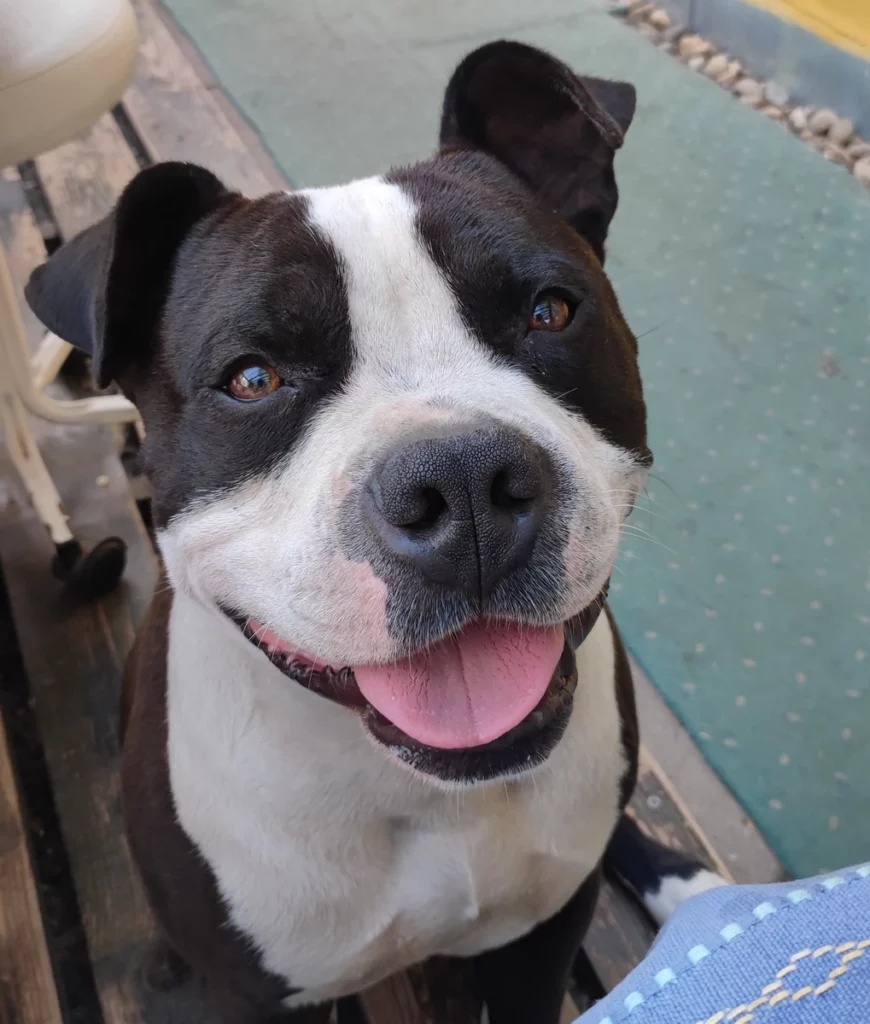Home > Teams > Genomic Instability and Cancer > HCEMM-USZ Magnetotherapeutics Research Group
Group Leader: Antal Berényi M.D., Ph.D.
During the last decades, a big repertoire of new molecules has been identified as potentially effective treatments for various types of tumors and other disorders of focal origin, based on promising results of tissue culture and dish experiments. However, their translational (clinical) applicability is poor because of the lack of targeted delivery, the weak tissue penetration and their limited capacity to penetrate the membranes of the targeted cells. This necessitates the use of higher drug concentrations, and consequently cause more severe side effects limiting their therapeutic utility. Thus, improved spatial and temporal targeting of the therapies are needed to improve clinical utility.
Our research group is developing biophysical technologies based on electrical, ultrasonic and magnetic modalities serving as high-precision non-pharmaceutical interventions, while also improving drug delivery solutions. We pay particular attention on the treatment of disorders of the brain.
There is ample evidence that high-intensity, pulsed electrical fields induce changes on the properties of the cells and tissues, by activating the excitable cells or even making their membranes transiently permeable for ions and macromolecules. Due to the technical constrains of high-intensity stimulation this either required invasive electrodes or was effective only superficially so far.
In our work, we set out to advance non- and minimal-invasive stimulation technologies to reach efficacy comparable to that of the existing invasive technologies. concept of electrochemotherapy to allow the selective, yet non-invasive treatment of deeper structures, too. On one hand, we improve the temporal precision of the interventions by the real-time analysis of the neuronal activity and applying pattern-matched, adaptive stimulus patterns. On the other hand, we will combine three non-invasive approaches of independent modalities: We will use 1) directed electric and electromagnetic fields to entrain networks and to force the active substances encapsulated in magnetic nanoparticles to accumulate extracellularly at the desired target regions. Barrier passage and membrane permeabilization will be established by 2) high-intensity, focused electrical fields (electroporation) supported by the concurrent 3) focused ultrasonic sonoporation of the same area. We will validate the superadditive effects of these non-interfering modalities by both invasive measurements and phenotypic readout in animal models.
Integratively, these physically quasi-independent modalities will be applied simultaneously targeting the same tissues using novel, multimodal composite transducers.
This project has received funding from the European Union’s Horizon 2020 research and innovation programme under grant agreement No 739593. HCEMM supported by EU Programme: H2020-EU.4.a. – Teaming of excellent research institutions and low performing RDI regions. Project starting date was 1 April 2017.






